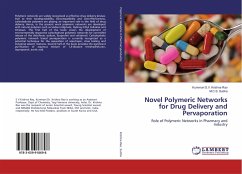Many of the drugs in current use were discovered by experiments conducted in animals and humans. However, many drugs are now being designed with the specific disorder in view. Abnormal biochemical and cellular changes caused by disease are identified, and then compounds that may specifically prevent or correct these abnormalities (by interacting with specific sites in the body) can be designed. When a new compound shows promise, its structure is usually modified many times to- Optimize its ability to target the intended site (selectivity)- Remain attached to the site (affinity)- Optimize its strength (potency, efficacy, effectiveness)- Optimize safety (minimize side effects)Other factors, such as whether the compound is absorbed through the intestinal wall and whether it is stable in body tissues and fluids, are also considered. These factors involve what the body does to the drug (drug kinetics) and what the drug does to the body (drug dynamics).
Bitte wählen Sie Ihr Anliegen aus.
Rechnungen
Retourenschein anfordern
Bestellstatus
Storno








